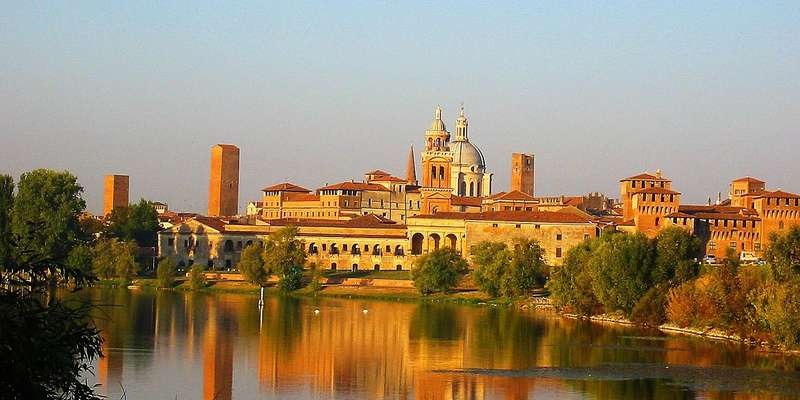- Home
- Useful Tips
- Mantua's most impressive...
Mantua’s Renaissance-era wrought ironwork remains one of Italy’s best-kept secrets, yet finding these masterpieces without local knowledge can leave travelers frustrated. Over 60% of visitors miss key ironwork landmarks simply because they blend into the city’s architectural fabric, while others waste hours deciphering vague guidebook references. These intricate gates, balconies, and decorative elements tell stories of Gonzaga-era artisanship, but their locations are rarely signposted. The disappointment of overlooking such craftsmanship matters deeply – these ironworks represent a vanishing art form where hammer strokes carried the same artistry as brushstrokes in frescoes. With Mantua’s historic center being a UNESCO World Heritage Site, every twisted vine motif and heraldic crest holds cultural significance worth discovering properly.


Why Mantua's ironwork gets overlooked by travelers
The subtle integration of wrought iron into Mantua’s palaces and churches makes it surprisingly easy to miss. Unlike Florence’s prominent bronze statues or Venice’s gilded accents, Mantua’s ironwork serves functional purposes – window grilles at Palazzo Te, door studs at Casa del Mercato – blending seamlessly with terracotta walls. Many pieces sit at eye level but go unnoticed as crowds focus on larger frescoes. Even the magnificent gate at Palazzo Ducale’s Cavallerizza courtyard often gets dismissed as mere architecture. Local artisans confirm most workshops operated anonymously during the Renaissance, leaving no signatures to help modern admirers identify masterpieces. This anonymity, combined with minimal museum labeling, creates a treasure hunt without clues for unprepared visitors.
Three must-see ironwork masterpieces and their hidden meanings
Start at Via Pescheria 23, where an overlooked balcony showcases grapevine motifs symbolizing Mantua’s historic wine trade – the scrollwork’s precision indicates Habsburg-era influences. The courtyard well in Piazza Sordello reveals the Gonzaga family’s armor-making heritage through its chain-like rim, while Santa Maria del Gradaro’s window grilles incorporate musical notes referencing the church’s acoustic properties. For the pinnacle of symbolism, seek out Bibiena’s Scientific Theatre entrance: its iron door handles form abstract owls representing knowledge, visible only when sunlight hits at 10 AM. These details reward morning visits before tour groups arrive. A little-known fact? The iron’s enduring shine comes from a lost wax technique using beeswax from monastery apiaries, a tradition preserved by few local blacksmiths today.
How to visit artisan workshops keeping traditions alive
While most Renaissance forges vanished, three family-run botteghe still craft ironwork using 16th-century methods near Via Concezione. Bottega del Ferro Battuto opens its courtyard on Fridays, demonstrating how they recreate Palazzo Te’s vine motifs for modern clients. For deeper insight, Marco Rigoli’s workshop occasionally lets visitors try basic scroll-twisting under guidance – his ancestors made the hinges for Sant’Andrea’s holy door. Remember, these artisans prioritize custom orders over tourism, so visits require respectful advance contact through Mantua’s cultural office. Those short on time can observe contemporary craftsmanship at the monthly Mercato delle Arti, where blacksmiths shape red-hot metal alongside jewelry makers. The event perfectly captures Mantua’s living artistic legacy.
Free self-guided tour route for ironwork admirers
Create your own walking tour starting at Piazza delle Erbe’s iron-clad market stalls, then follow Via Accademia to spot balcony brackets shaped like open books – a nod to Mantua’s printing history. Duck into Via Calvi’s archway to find a rare surviving shop sign with wrought iron scissors for the tailor’s guild. The route culminates at Via Fernelli’s residential gate, where dragon-shaped hinges (visible from the sidewalk) protected against evil spirits. For optimal lighting, go between 3-5 PM when low sun highlights textures. Carry a small mirror to safely examine overhead details without neck strain. This 90-minute circuit reveals how ironwork served both decorative and symbolic purposes across different social classes, from merchant houses to ecclesiastical buildings.



